By Emma Ralphs, Brand Strategist at Butterfly Cannon
Creating brand merchandise is not a new venture. We’ve long seen brands put their logo on anything from tote bags to t-shirts. But recently, there has been a shift in how merchandise is perceived, making the seismic shift from ‘tacky’ to ‘trendsetting’. Far from being relegated to the back of the drawer, branded merch has now become covetable, something people are willing to pay for. From fast food chain Nando’s to luxe cookie store Crème to high-end restaurants Caviar Kaspia x Highsnobiety, fashion-savvy consumers are queuing up to part with their money and get their hands on the latest must-have merch. How did this happen? And how do you ensure your merch is trendsetting, not tacky?
The origins of merchandise are rooted in the music industry. Bands were doing it way before brands. Now, no longer limited to cheap t-shirts, music merchandise is a multi-million dollar industry, influencing fashion houses and helping smaller artists to stay afloat. Particularly during covid, when live shows weren’t possible, selling merchandise gave the whole industry a lifeline. But as Ed Aten, founder of Merchbar, points out, it’s not just about profit, it can be a way of supporting social causes. For example, James Morrison donated the proceeds from his Live at Dingwalls t-shirt to the UK Black Lives Matter Fund.[1]
Lauren Cochrane for the Guardian observes “it’s an industry in its own right.” She continues “merch has become fashionable…it’s no longer cringe…its kind of cool now to have that logo on your chest”.
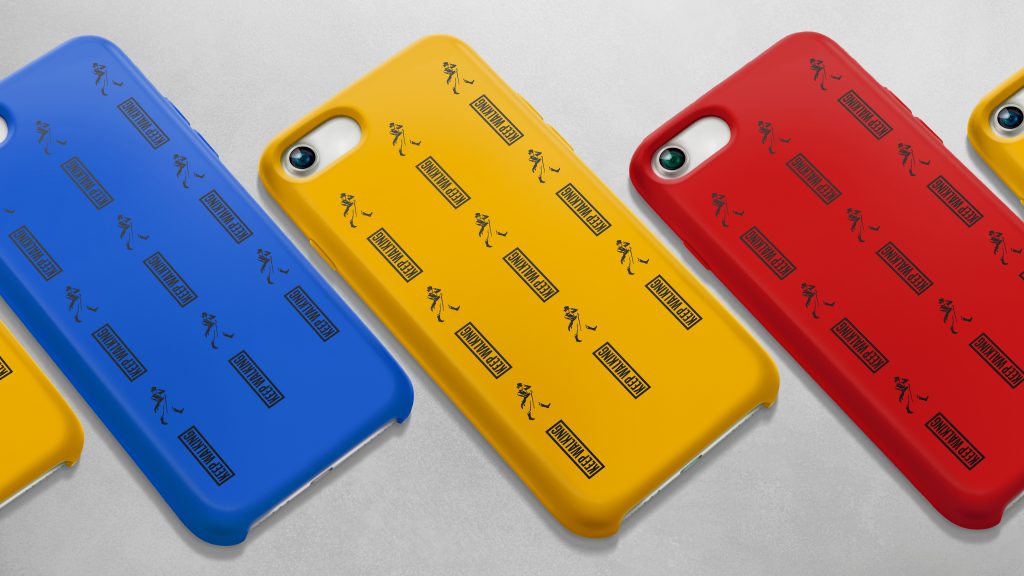

The acceptance of loungewear or ‘streetwear’ has also had a part to play. Accelerated by the pandemic and the creation of the ‘WFH’ wardrobe, wearing a tracksuit or hoodie is no longer seen as ‘scruffy’. It is fashionable and the daily dress code. So now people see merch as part of their actual wardrobe, they buy it to wear it.
Now, outside of the music industry. Popular London restaurants Noble Rot and Max’s Sandwich shop have reported huge sales from their merchandise. All of this indicates a clear cultural shift in how we view merchandise. It shows a consumer willingness to allow brands (and bands) to move away from being just one thing, ie ‘just a restaurant’ or ‘just a sandwich shop’.
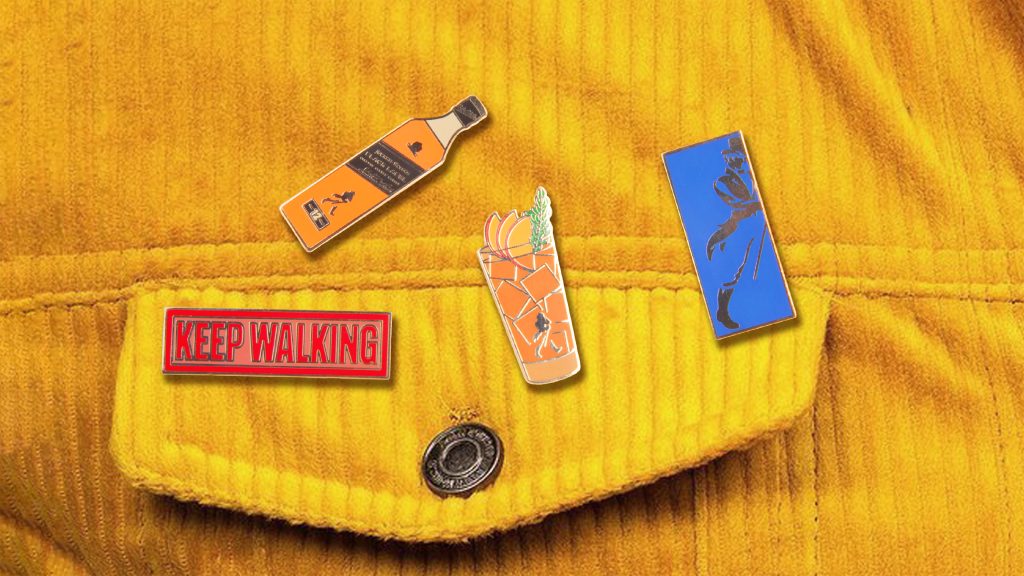
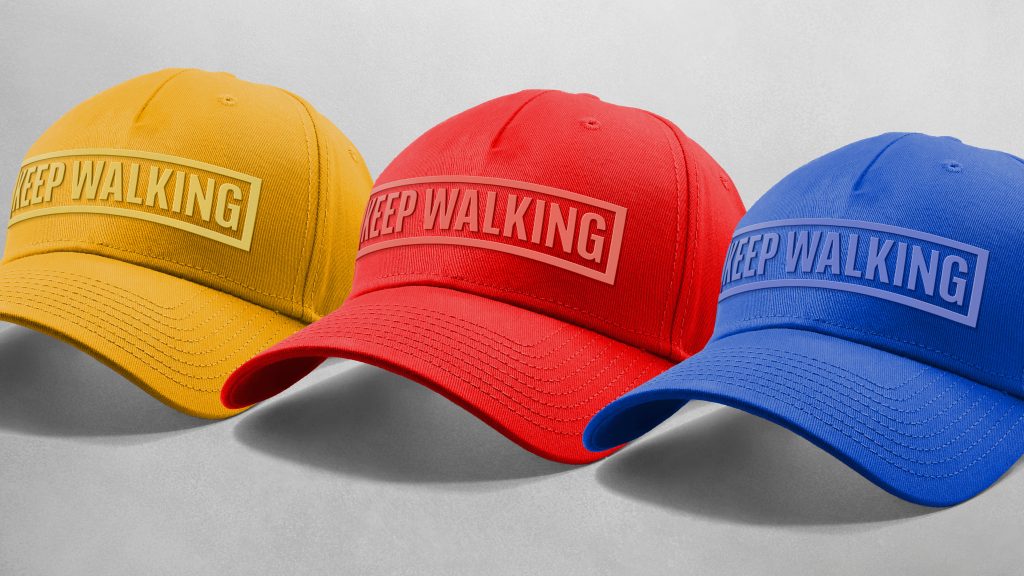

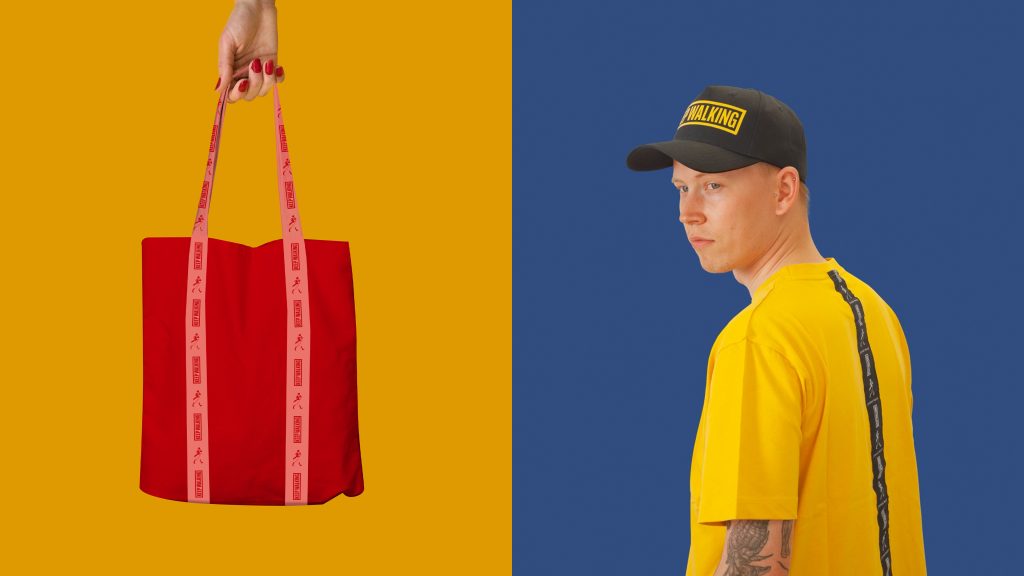
The first step to success is don’t be afraid of being playful. Our Johnnie Walker Global Merch range was part of a wider initiative to transform them from ‘just’ a whisky brand into a lifestyle brand. For the ‘first drop’ in this brand redefining strategy, we ‘let their icons off the leash’, playfully placing their iconic striding man and ‘Keep Walking’ slogan on socks, t-shirts, and baseball caps, disrupting how people expect Johnnie Walker, and the whisky category to behave. Creating a bright, engaging, and playful collection that is scalable, affordable, and most crucially desirable.
To play in a new space, it also helps to work with those already working in that world. We all know the power of a good collaboration. This doesn’t have to be a fashion designer or label, even a person or brand with ‘cool’ kudos will help. Working with someone with the skills, vision, and creativity to create something people will want, with the necessary cool factor, and contacts will give the line credibility.

Take Bacardi Rum’s partnership with streetwear brand Nahmias and Grammy Award-winning producer Boi-1da, part of Bacardi’s ongoing Music Liberates Music programme to promote underrepresented voices in the music industry. The four-piece, gender-neutral clothing line made its debut at Paris Men’s Fashion Week. Partnering with a music industry insider and an established clothing brand allowed Bacardi to play in both these worlds with confidence and make a resounding impact.
We are living in the age of the influencer. Recommendations have never had more gravitas, so engaging influencers to wear your merch allows you to speak to audiences you might not have reached previously. For example, Nando’s has brought together leading TikTok and YouTube stars in a photoshoot to mark the launch of their hottest drop of global hyper-colour heat-reactive clothing and accessories. Viral artist Niko B, comedian Jack Joseph, Sidemen’s Tobi (JBJZL), model Madeline Argy and radio presenter Tara Kumar all feature in the lookbook. Nando’s already has currency with Gen Z but by employing talent that are really in that world, it reaffirms Nando’s position as a cool and current brand. Merch is made for the consumer, so you should get them to wear it and photograph them in it.
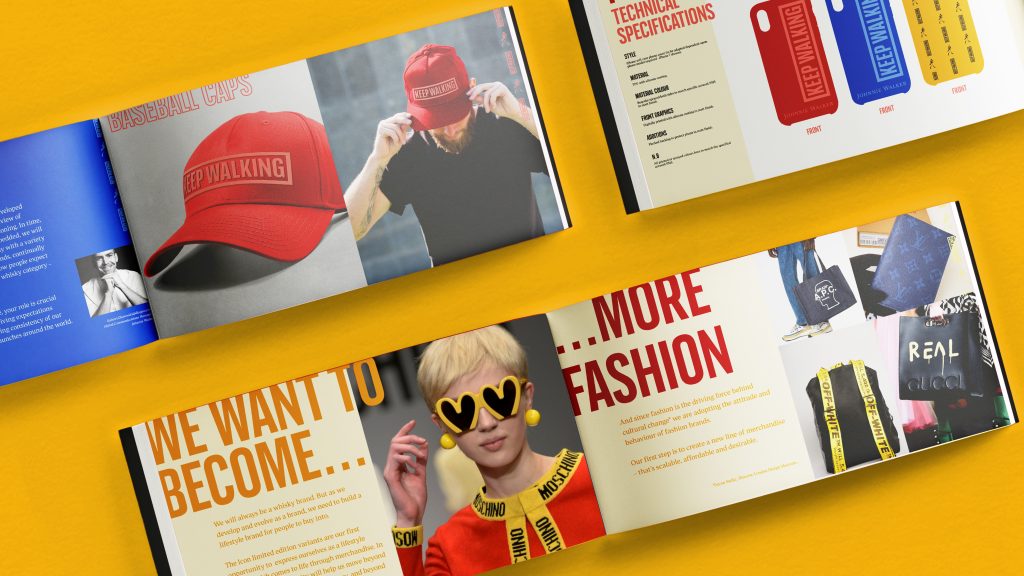
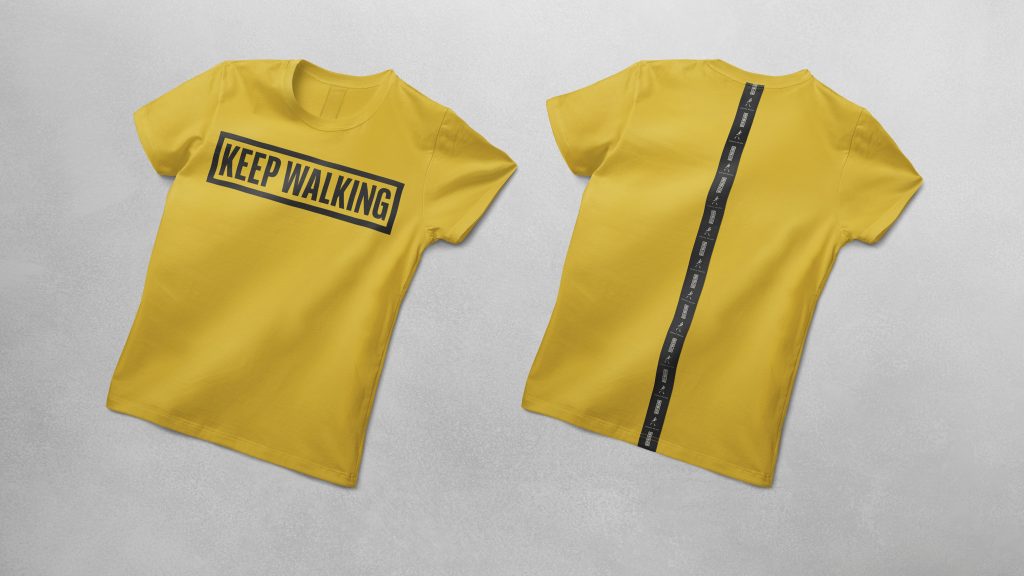
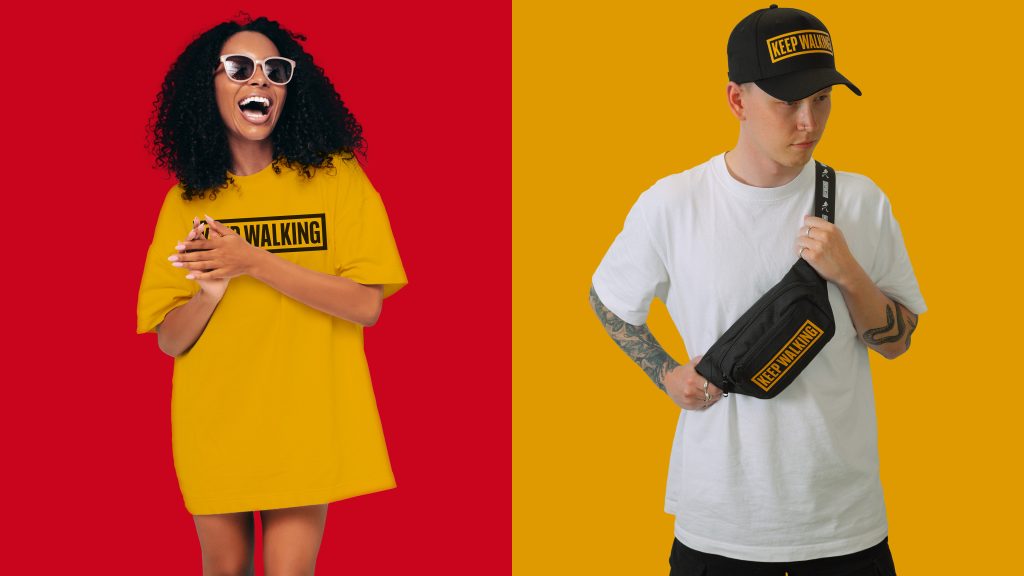
The final point to covetable merchandise is that exclusivity sells. If people think they might miss out on something, they feel compelled to buy. Limited editions and limited stock make brand merchandise desirable. People want to feel like they are in the ‘in crowd’ especially if it is with a brand they already love. Nando’s clothing line has already sold out and Kylie Jenner’s brand Tequila 818’s merchandise sold out in four hours. On the flip side of this, merch makes high-end brands accessible. Just like band merch makes a band accessible – it allows the buyer to feel closer and more connected. Consumers can buy into aspirational brands at a more affordable price point. It also creates a sense of community as you join the brand’s world. Exclusivity does sell, but inclusivity keeps consumers around.
So it’s clear. Done right, branded merch is a way to elevate your brand from product to cult icon. To create truly covetable merch, don’t be afraid to be playful, collaborate wisely, respect the influence and tread the line between exclusivity and inclusivity. With these in mind, you’re on the way to becoming part of today’s cultural zeitgeist.
[1] https://artists.spotify.com/en/blog/how-artists-are-making-the-most-of-merch-during-the-pandemic
Source: Butterfly Cannon


You must be logged in to post a comment Login